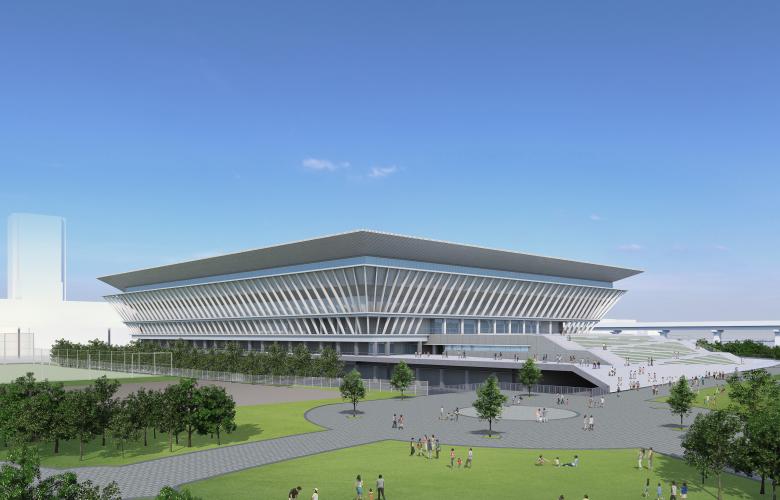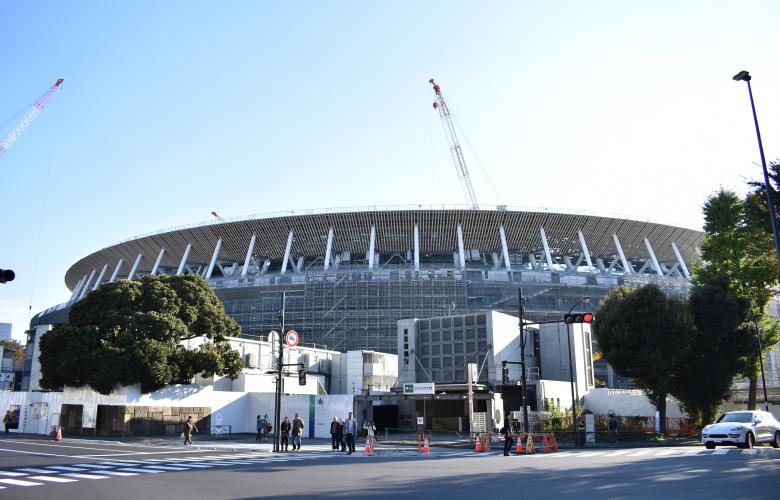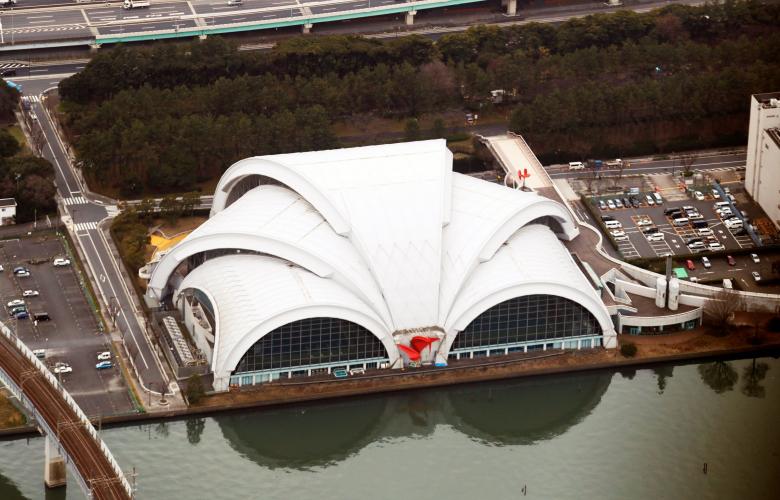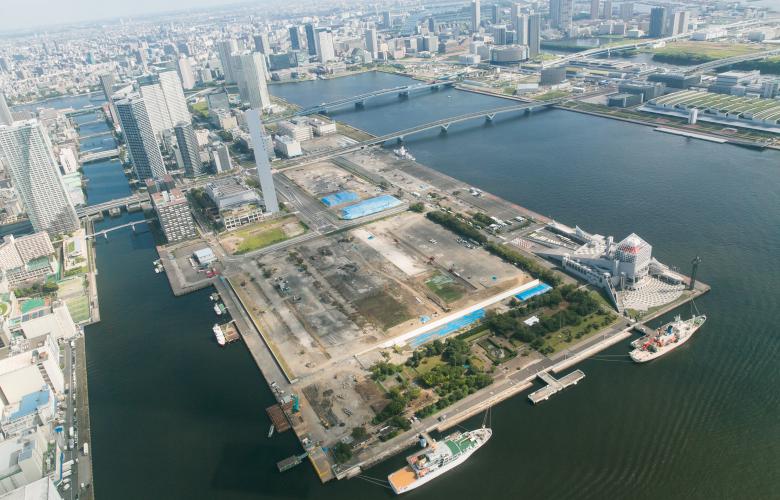The lasting buzzword in Olympic implementation is 'legacy'. No longer a competition to build the biggest, showiest structures which are then doomed to lie empty in the decades that follow, the new Olympic regulations are focused on longevity.
A set of reforms nicknamed the 'New Norm' encourages host cities to use existing stadiums, focus on public transport and to build new facilities only if there is a proven long-term need. Aiming to reduce waste, costs and environmental impact, the new rules meant Japan's original proposal for the 2020 games was substantially modified. Now spreading events across cities and renovating stadiums, Tokyo is looking back to 1964 for inspiration as well as space.
With only 11 new structures being built compared to the 20 existing locations being used, Tokyo 2020 have scaled back their plans and will be using a handful of temporary structures as well.
One of the few new structures, the New National Stadium in Tokyo will take the place of the original National Stadium used in the 1964 Olympics. At the heart of controversy in 2015, the stadium design was originally awarded to British architect Zaha Hadid, but a public outcry over costs led to a U-turn decision by Shinzo Abe. Soon after, Japanese architect Kengo Kuma was approved with a lower-cost and environmentally focused plan. Using his signature style, the stadium incorporates wooden lattices with plants and trees as well as a natural air-flow system.
Bulldozed in order to make way for its modern replacement, the original stadium was an iconic structure designed by architect Kenzo Tange. Accredited with inspiring Kuma to become an architect himself, the National Stadium was a landmark in Tokyo's architecture scene. With the Olympic design legacy now coming full circle, the finished structure is eagerly anticipated and will be used in the upcoming Rugby World Cup.
Over on the waterfront, the Olympic Aquatics Centre is under construction and the process hasn't quite taken place in the order you might expect. Starting with the roof may not be the traditional decision, but when it weighs 7,000 tons, it is the sensible one. Built first, the roof was later raised to sit on the four supporting pillars, meaning the building of both could take place simultaneously, reducing time schedules dramatically. Worker risks were also significantly reduced as no staff had to work at the maximum elevation, and once completed the roof provided much-needed shade during the summer months.
It's not only the new structures which impress in terms of design, however. Some of the long-standing buildings receiving a new lease on life are similarly architecturally impressive, including the Tatsumi International Swimming Center. Designed by Mitsuru Senda and the Environment Design Institute alongside Kozo Keikaku Engineering, the shape is strikingly modern, with arched curves layered beside the water. Inspired by the shape of a bird's wings as it soars through the skies, the building is eye-catching and transcends its 90s origins, seeming contemporary nearly 30 years on.
While sports facilities are the star of the show, the media hubs and living quarters also require significant planning, which Tokyo has tackled with a combination of old and new. While the Olympic Village will be entirely fresh, the designs have been created with a long-term plan in mind. After the games end, the village will become a thriving community with an international touch, making use of the 23 residential buildings which are expected to be sold privately. The site will also feature a school, and with the stunning views across Tokyo Bay, it's likely to be a desirable spot for young families and professionals alike.
Meanwhile, the media and press for the games will be based in the iconic Tokyo Big Sight (also known as the Tokyo International Exhibition Center). Holding conventions and exhibitions on a daily basis, the site was originally set to host wrestling, fencing and taekwondo, but cost-cutting meant those were moved to other pre-existing stadiums. The instantly recognisable Conference Tower is made up of four inverted pyramids and was designed by architecture firm AXS Satow, who were also behind the Tianjin Olympic Stadium in Beijing.
While the stadiums are only the backdrop to the main events, their design and ingenuity will hopefully prove to be a legacy for the future of Japan as well as a highlight for architecture fans.
By Lily Crossley-Baxter
Similar to this:
What will happen after Rugby World Cup 2019 and 2020 Olympics in Tokyo?
2020 Olympics to have positive influence on real estate market
Florian Busch and the floating stadium: A futuristic Olympic insight








